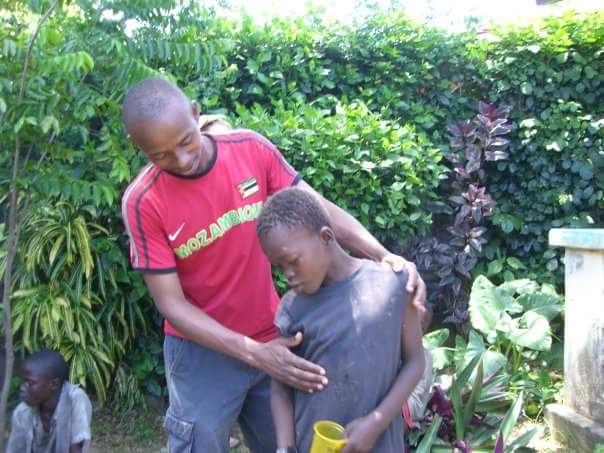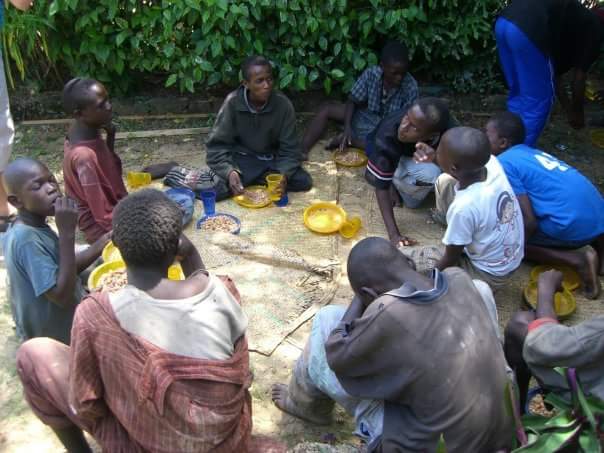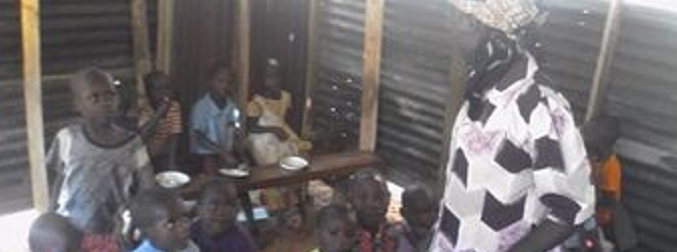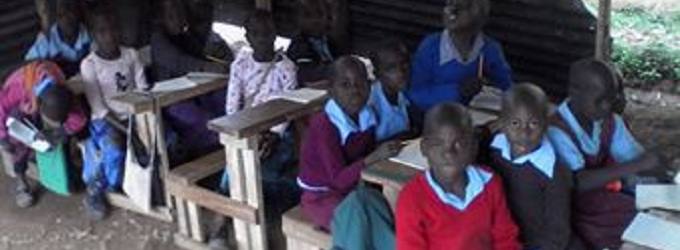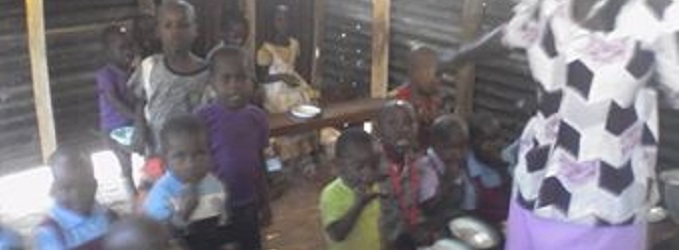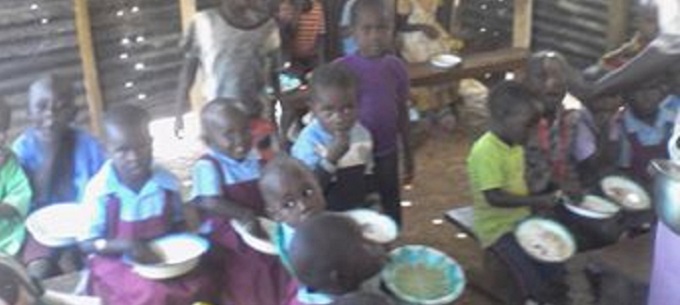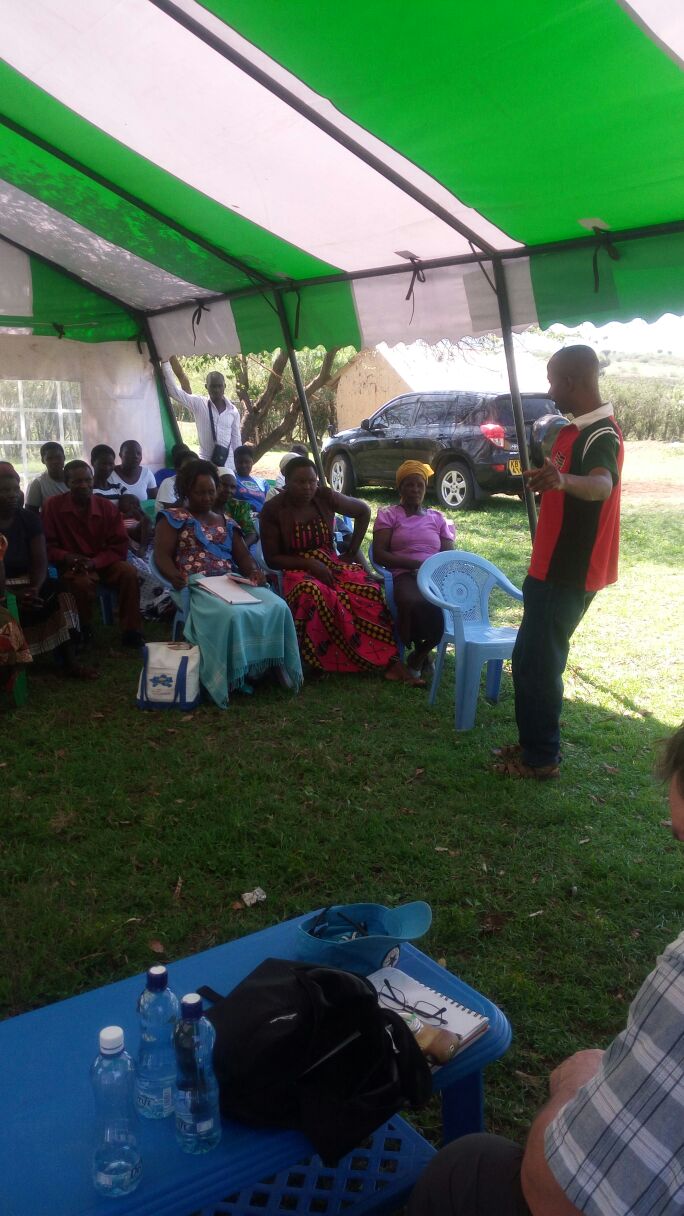Needs statement
Most children living in poor village areas in Kenya and are willing to go to school have not been able to go to school because of abject poverty, cultural orientation, authoritarian parenting among other reasons, despite the government�s attempt to provide for free education.
Most public schools do not understand the meaning of free education as claimed to be offered by the government because most schools still charge school levies to enable them operate, for example, a child will need school uniform, which is otherwise not provided by the government. Thus, children who cannot afford the levies are denied their rights to education.
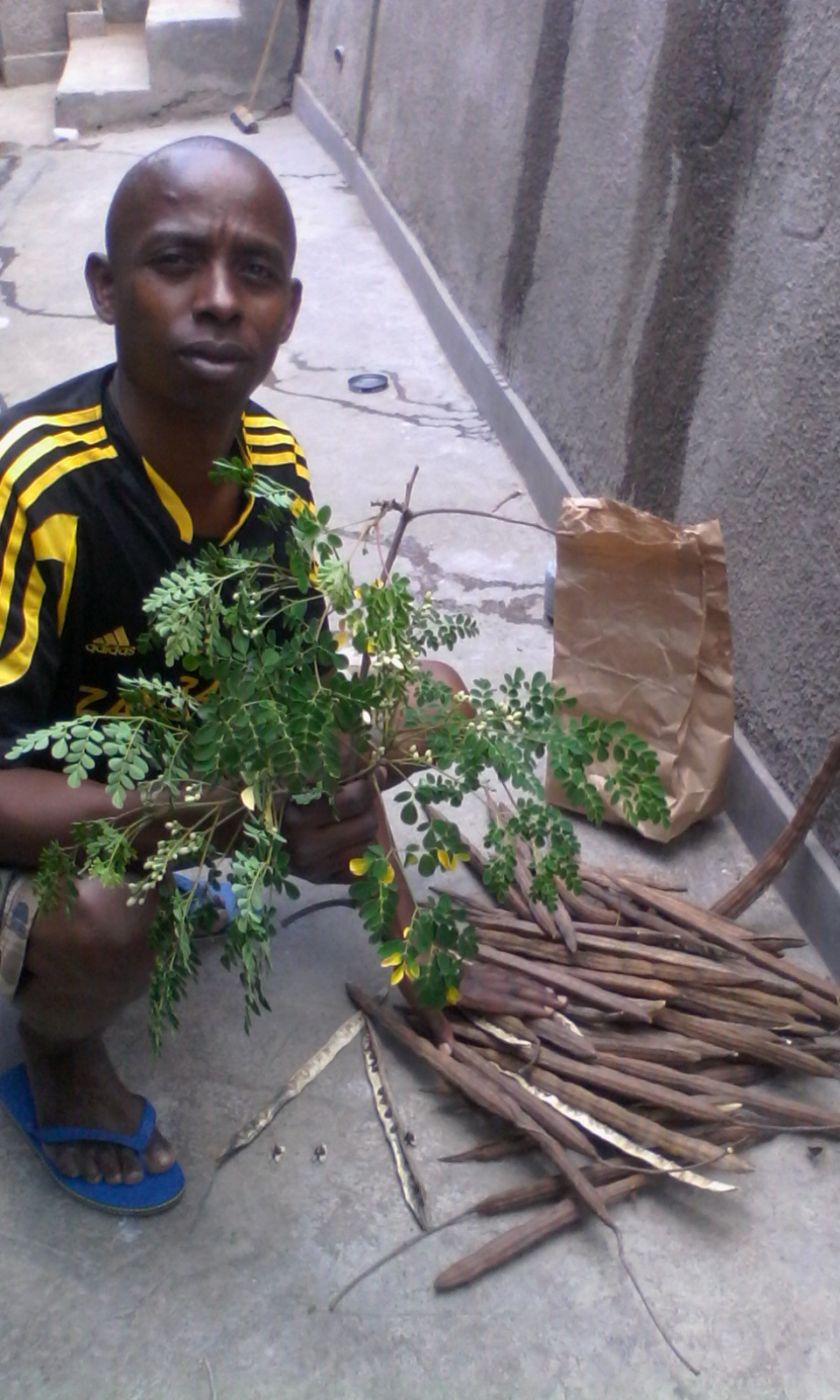
Based in Mochengo, Kisii, Kenya, we are a registered community organization that exists, not just to play soccer and entertain with its soccer comedy,but to impact and serve others globally. Sport has the power to inspire and empower young people to believe in themselves. Sport also has the power to unite people and cultures. Soccer can create jobs for youths too and allow them to earn some income.Our street children soccer program also exists to find away to transform lives of those that don't a place to call home.
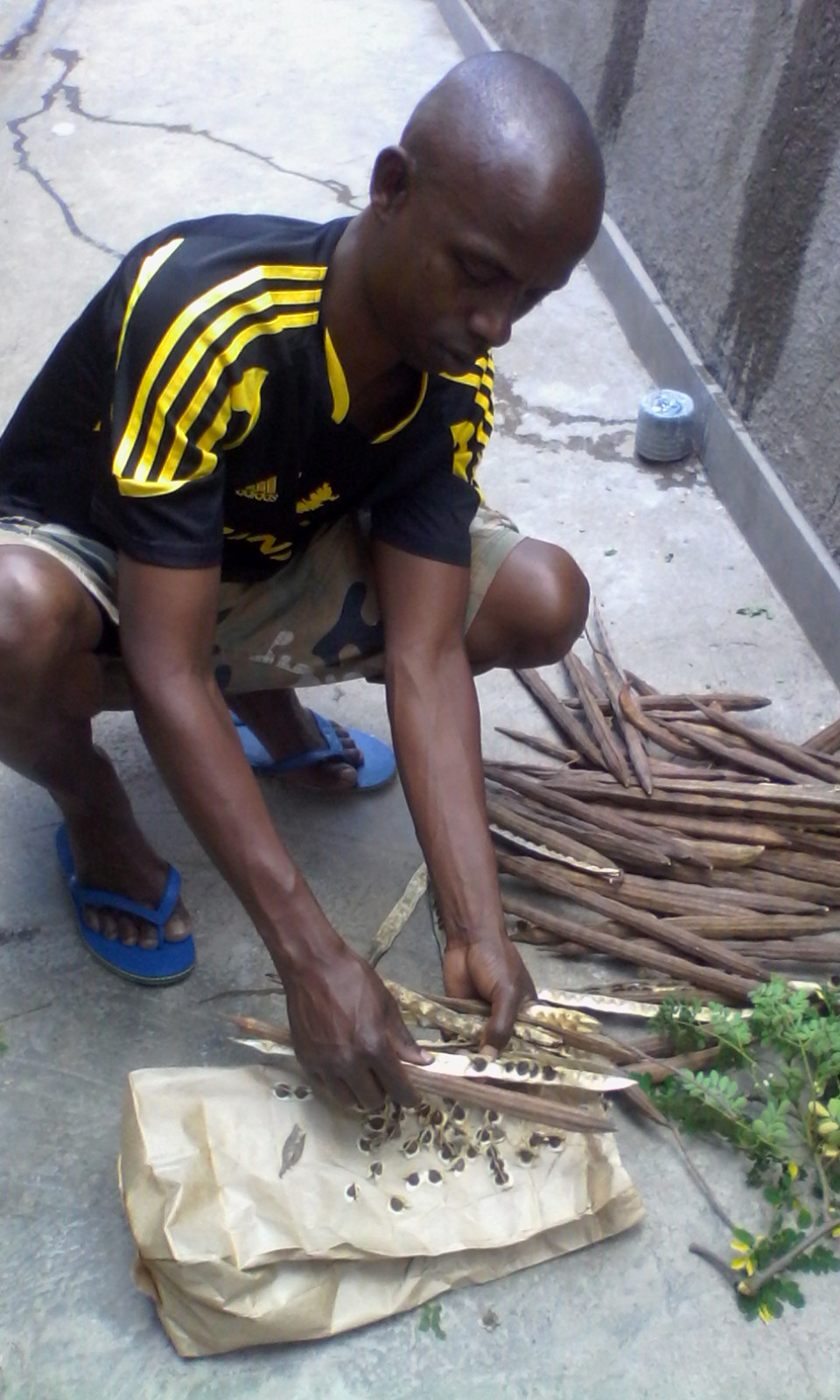
Purpose
The purpose of this project is to promote children�s rights to education by ensuring that a poor child does not miss going to school because of poverty, cultural orientation or whether they come from authoritarian families. According to OGB (2007), In the rural Kenya, 60% of the population lives in poverty and levels of inequality are dangerously high, with negative implications for both human security and economic development. Poverty in the Mochengo town is worst amongst those with low levels of education, another cause for concern given that considerably fewer children attend the later stages of school in Kenya�s rural areas, than in cities and many village areas have few or no mission or free schools. Meanwhile gender inequalities remain severe, with female village-dwellers being 5 times more likely to be unemployed than male. Many cultures in Kenya do not value girl child education in Kenya. For example, the Maasai and Kisii communities. Recently, the Ministry of Finance and Planning in Kenya documented a report that showed that the incidence of gender discrimination in the �Kisii and Kajiado Districts "is high." The report states: Illiteracy has emerged as the number one root cause of poverty in the districts. Education is a means of overcoming poverty, increasing income, improving nutrition and health, reducing family size as well as raising people's self-confidence and enriching the quality of their lives. However, the incidence of gender discrimination in education is high. Most women tend to be illiterate, especially in rural areas. Chances of a girl child, as compared with the boy child being in school are proportionately lower and the discrimination continues... "(Republic of Kenya, Ministry of Finance and Planning 2002-2008) The project is currently identifying children who come from these families and sensitizing these families on the importance of the girl child education.
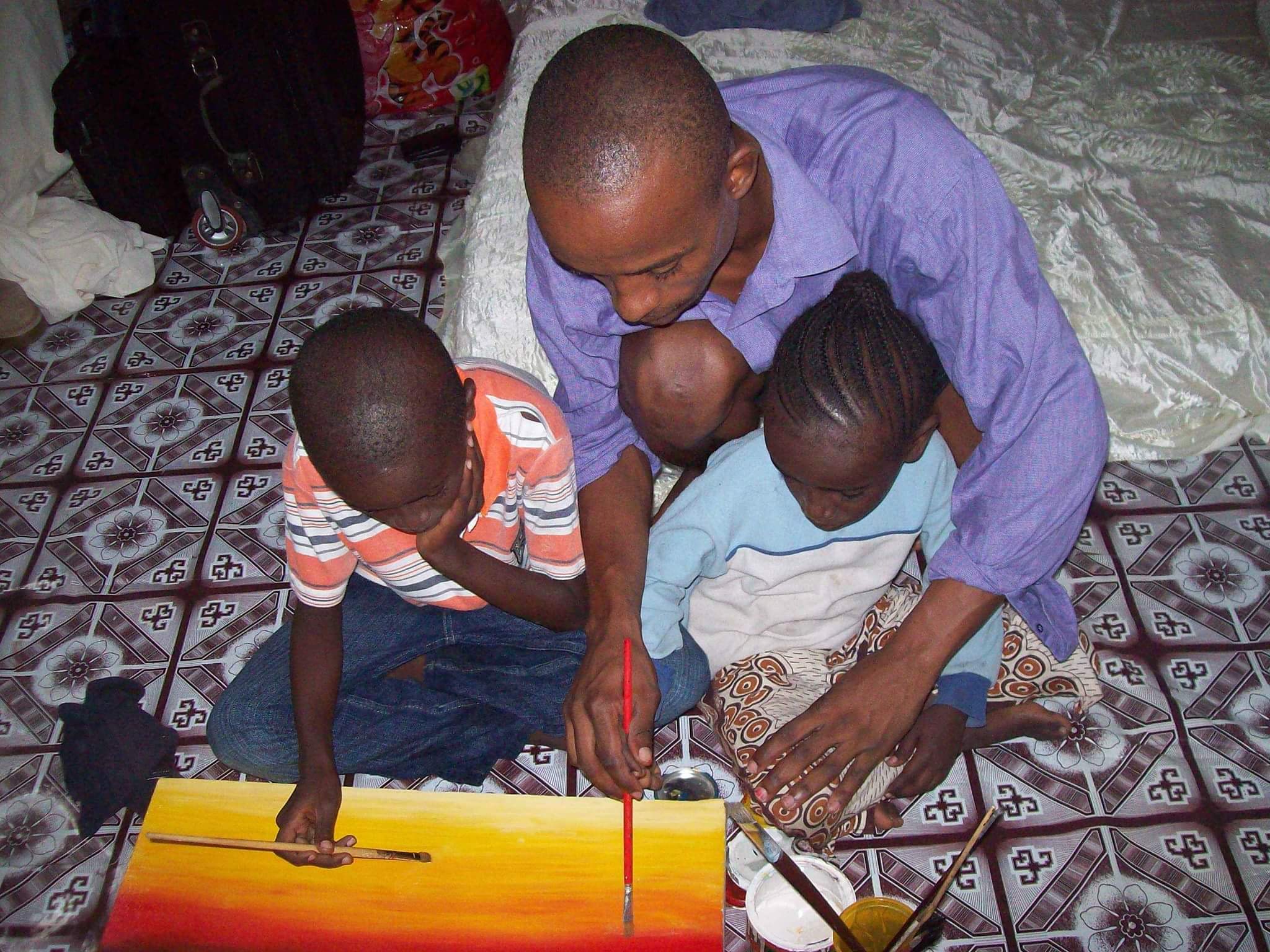
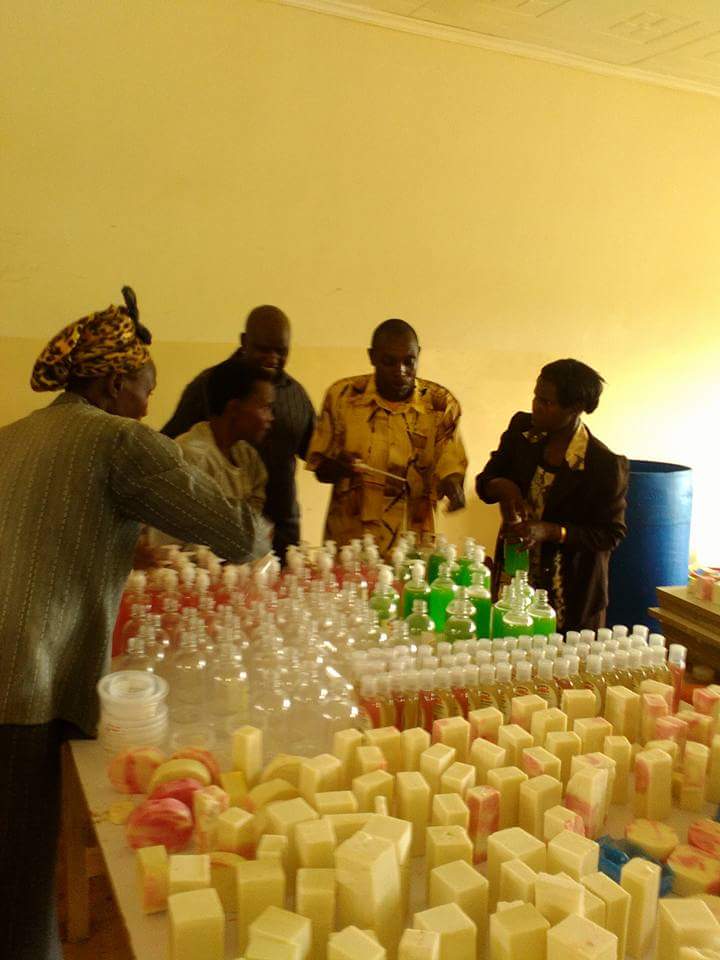
The 3000 moringa tree project will benefit the community especially the sick benefiting from the moringa tree leaves
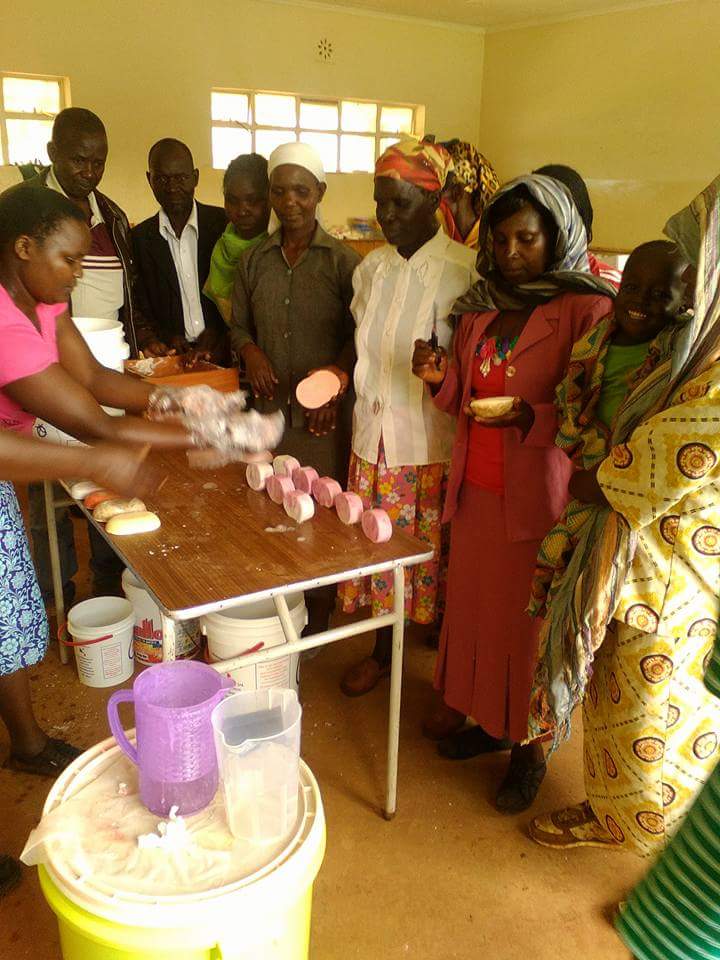
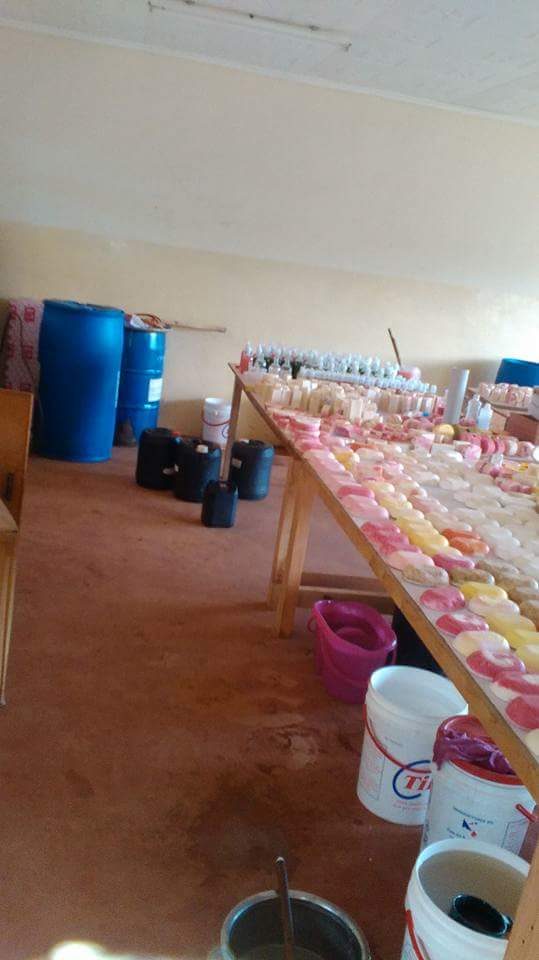
Component of the Project
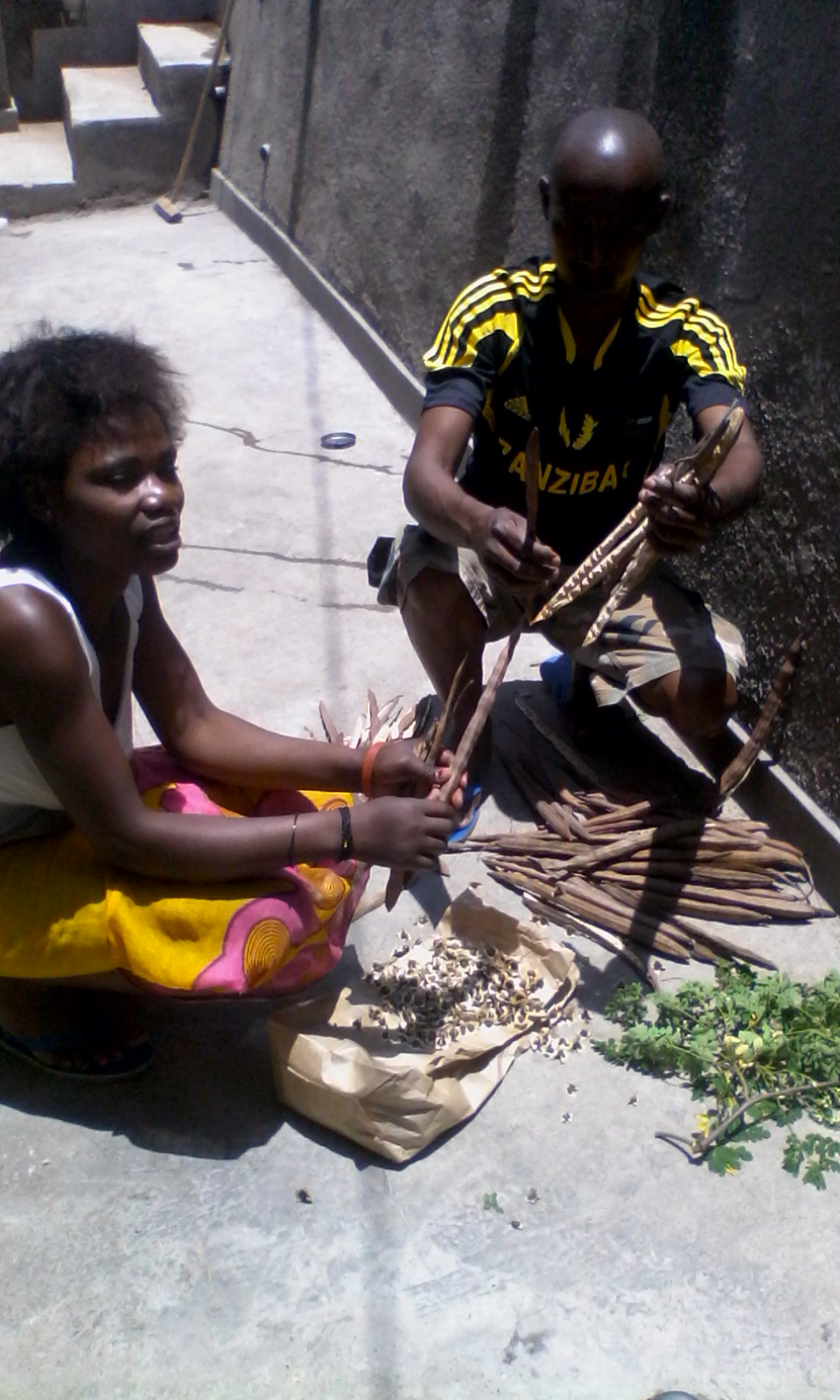 This project aims to serve the other street children and orphans. The component of the project will be as follows:
This project aims to serve the other street children and orphans. The component of the project will be as follows:
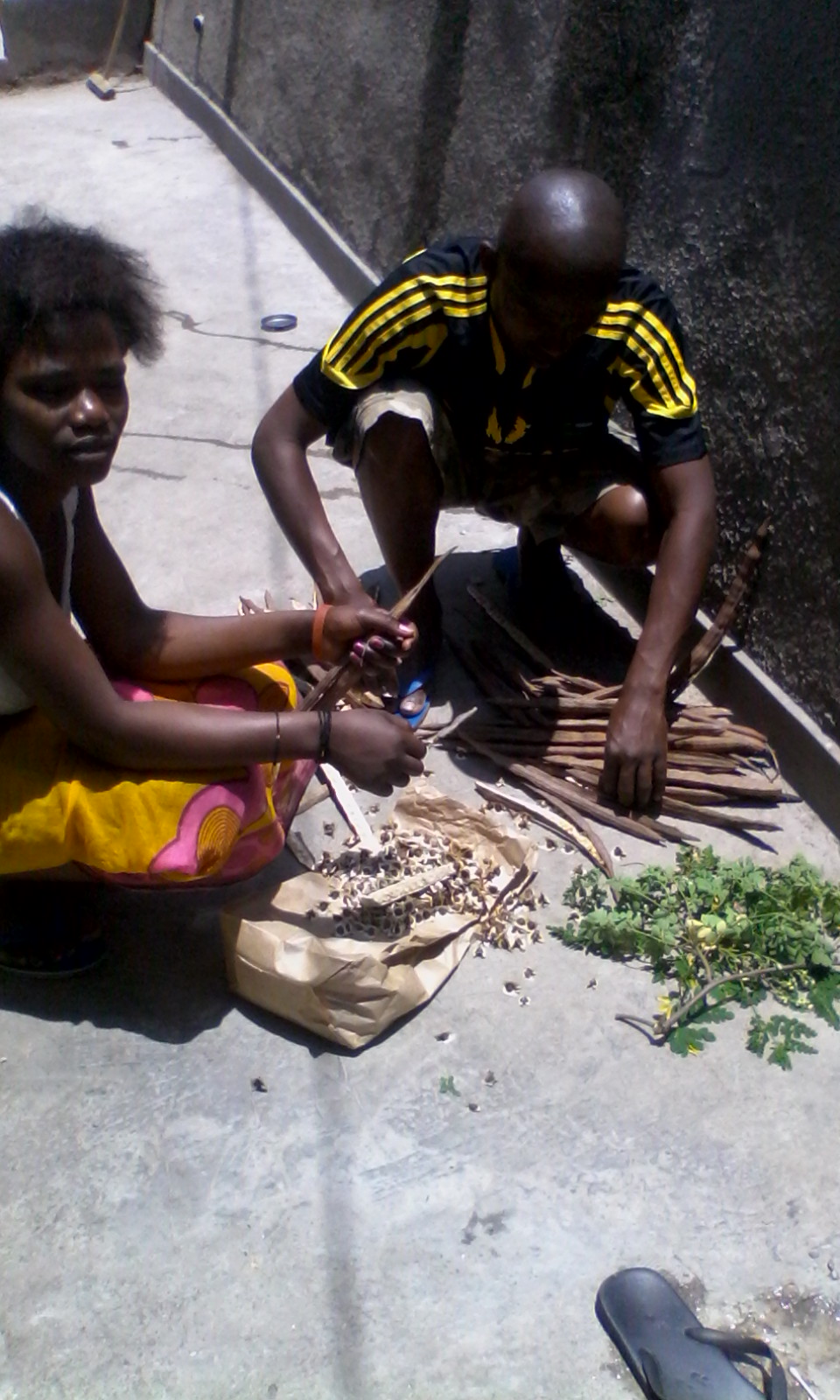
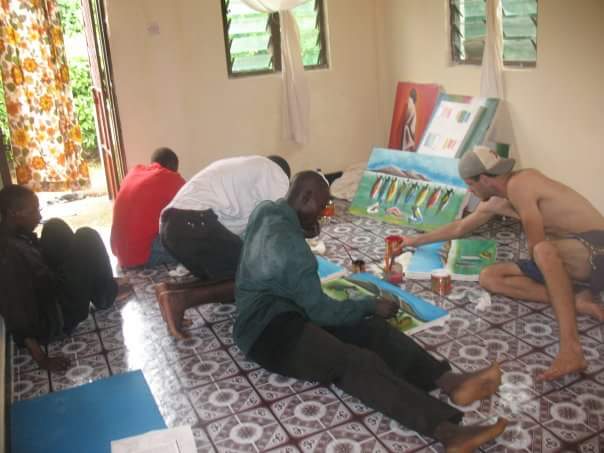
Objectives of the project
Long term objectives
